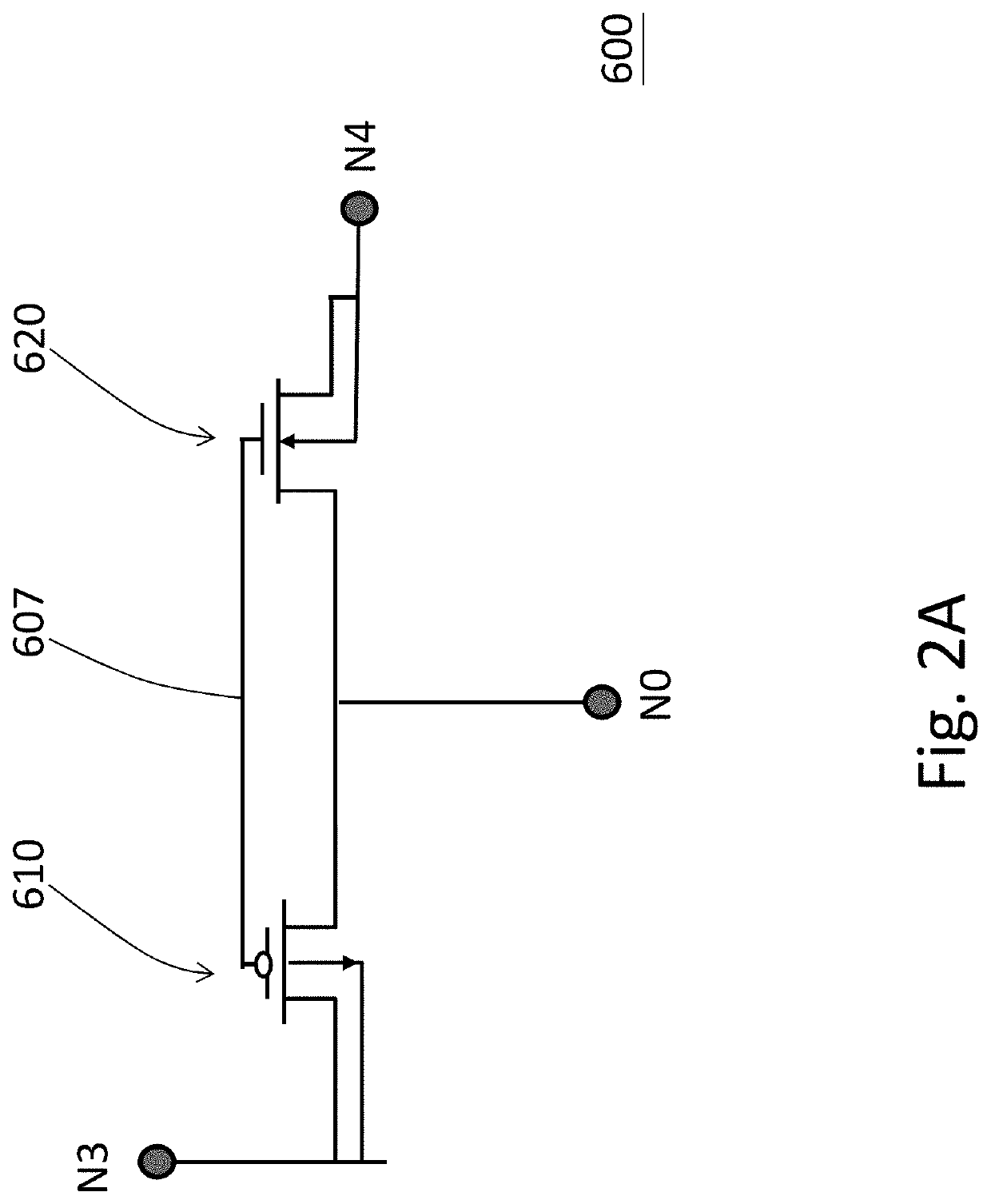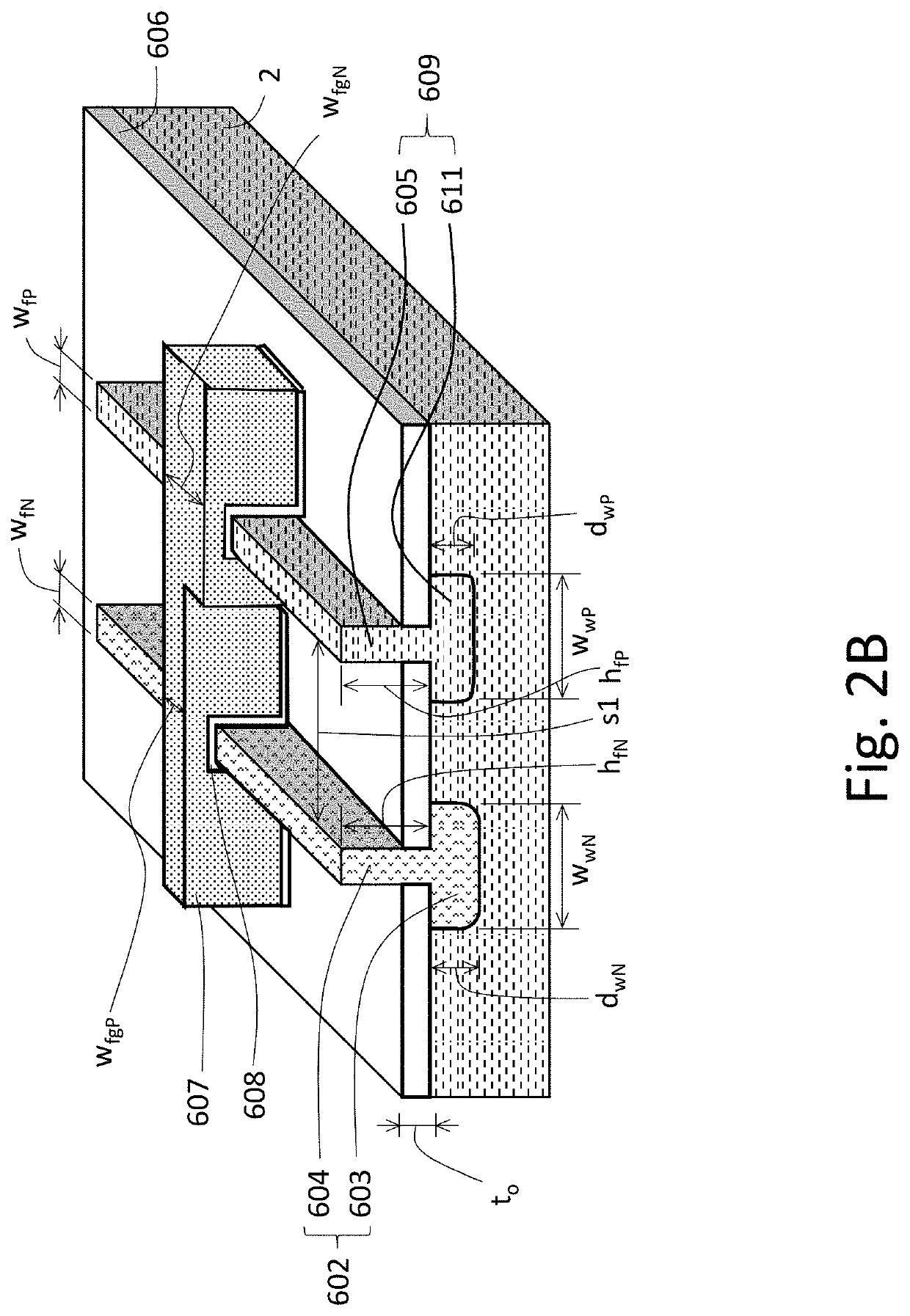Logic drive based on multichip package comprising standard commodity FPGA IC chip with cryptography circuits
a logic drive and multichip technology, applied in the direction of solid-state devices, pulse techniques, basic electric elements, etc., can solve the problems of higher fabrication costs, lower fabrication yield, and more power consumption, so as to reduce non-recurring engineering (nre) costs, accelerate workload processing or application, and reduce the effect of nre cos
- Summary
- Abstract
- Description
- Claims
- Application Information
AI Technical Summary
Benefits of technology
Problems solved by technology
Method used
Image
Examples
Embodiment Construction
[0138]Illustrative embodiments are now described. Other embodiments may be used in addition or instead. Details that may be apparent or unnecessary may be omitted to save space or for a more effective presentation. Conversely, some embodiments may be practiced without all of the details that are disclosed.
[0139]Specification for Static Random-Access Memory (SRAM) Cells
[0140](1) First Type of SRAM Cell (6T SRAM Cell)
[0141]FIG. 1A is a circuit diagram illustrating a 6T SRAM cell in accordance with an embodiment of the present application. Referring to FIG. 1A, a first type of static random-access memory (SRAM) cell 398, i.e., 6T SRAM cell, may have a memory unit 446 composed of 4 data-latch transistors 447 and 448, that is, two pairs of a P-type MOS transistor 447 and N-type MOS transistor 448 both having respective drain terminals coupled to each other, respective gate terminals coupled to each other and respective source terminals coupled to the voltage Vcc of power supply and to th...
PUM
 Login to View More
Login to View More Abstract
Description
Claims
Application Information
 Login to View More
Login to View More - R&D
- Intellectual Property
- Life Sciences
- Materials
- Tech Scout
- Unparalleled Data Quality
- Higher Quality Content
- 60% Fewer Hallucinations
Browse by: Latest US Patents, China's latest patents, Technical Efficacy Thesaurus, Application Domain, Technology Topic, Popular Technical Reports.
© 2025 PatSnap. All rights reserved.Legal|Privacy policy|Modern Slavery Act Transparency Statement|Sitemap|About US| Contact US: help@patsnap.com



